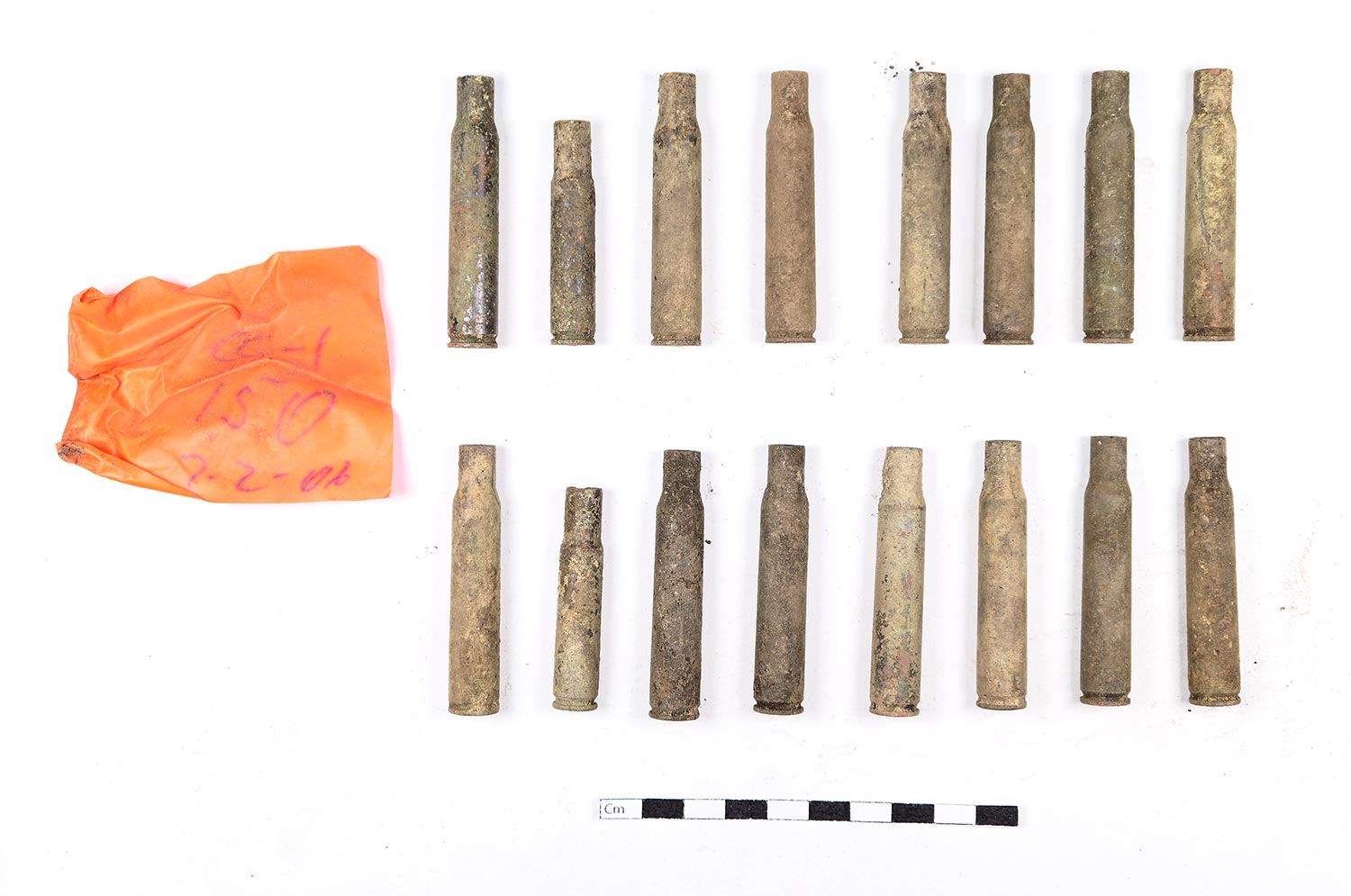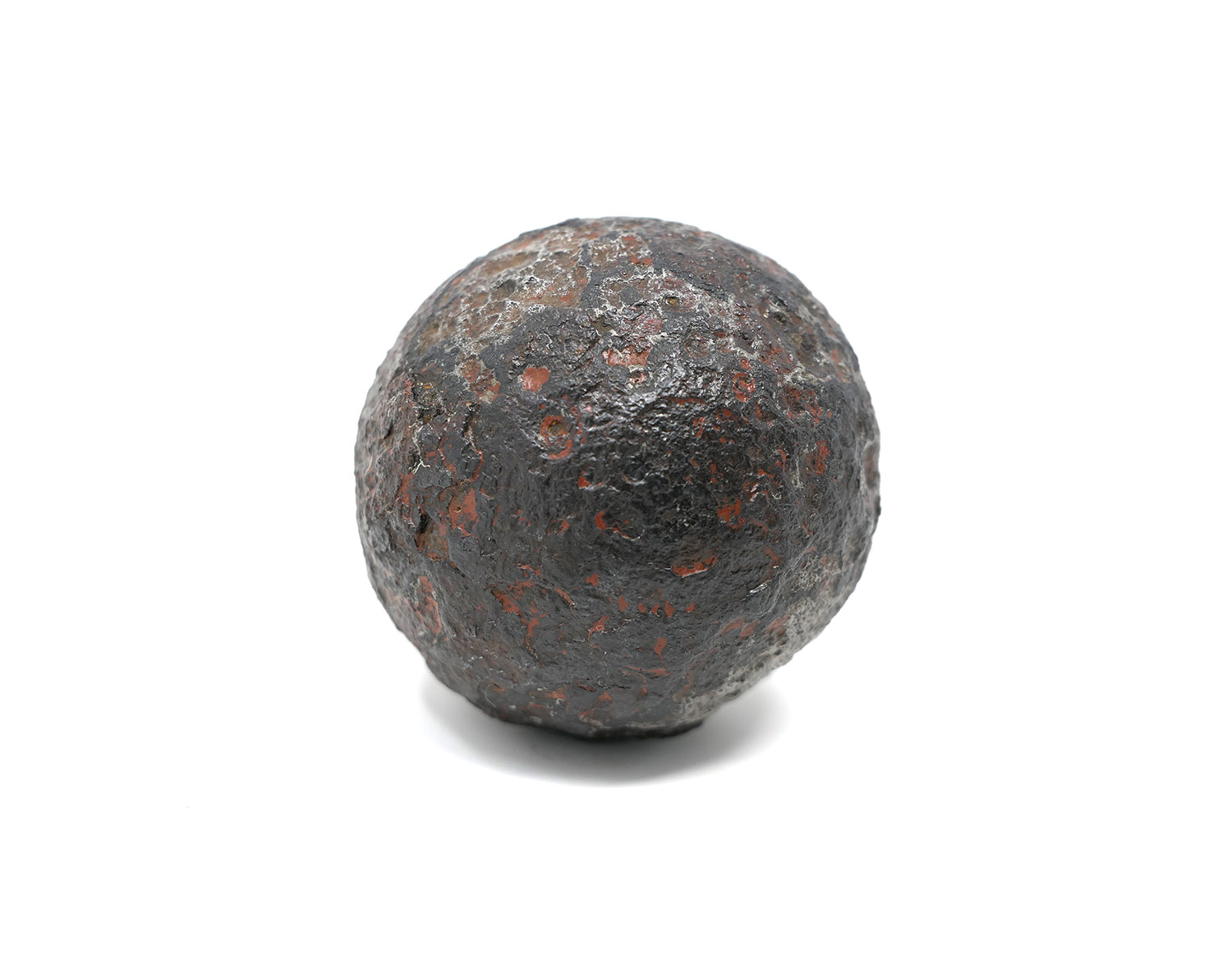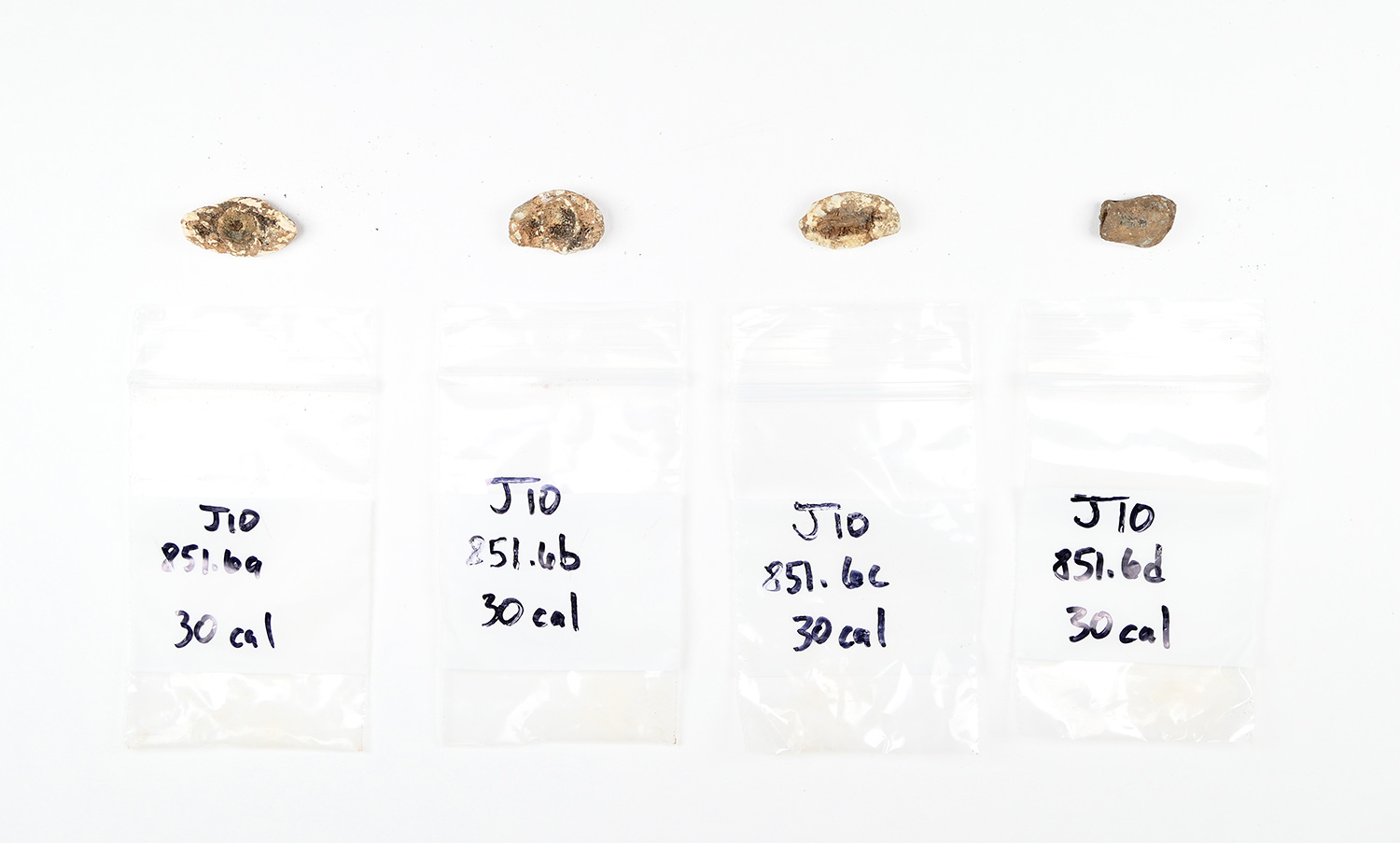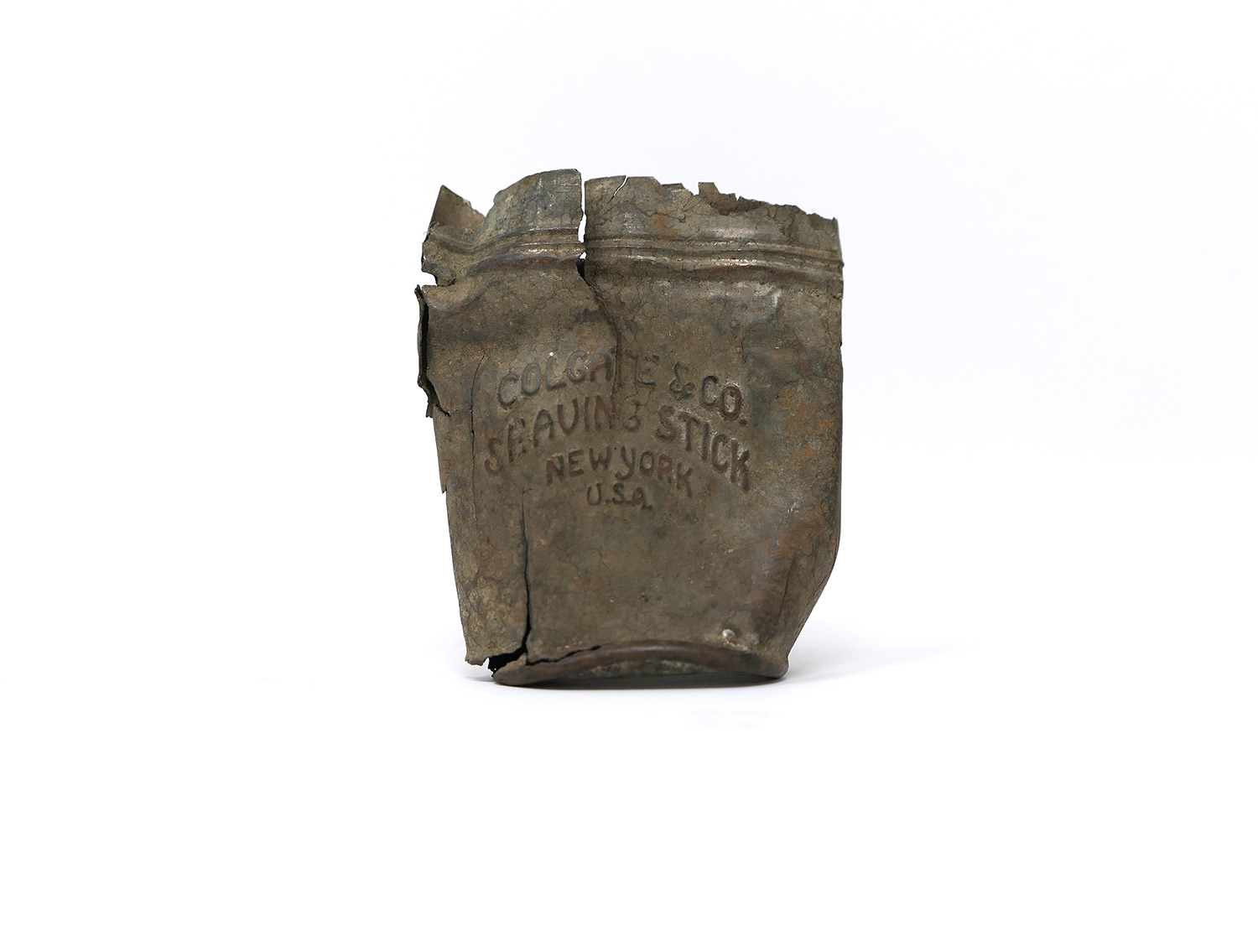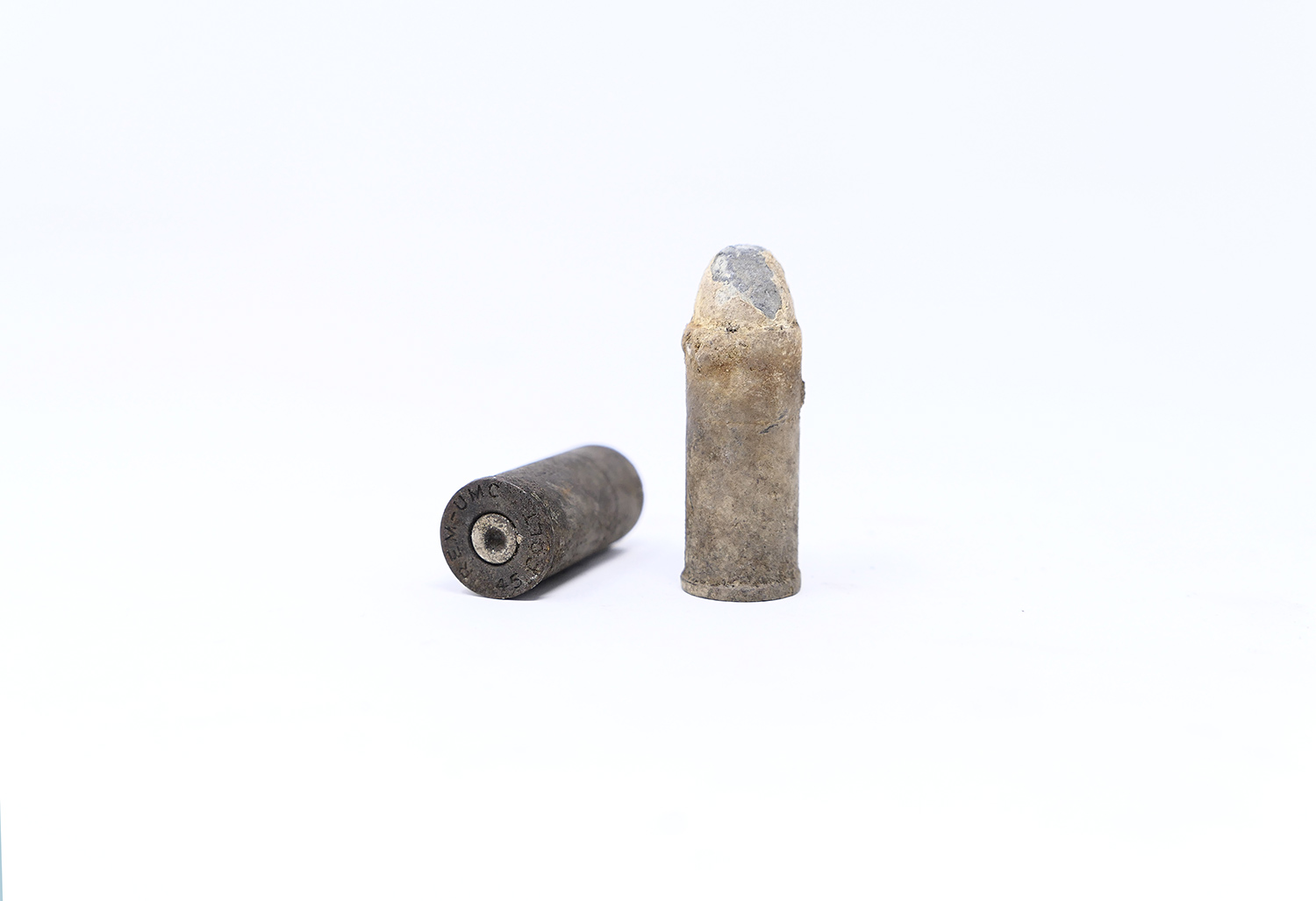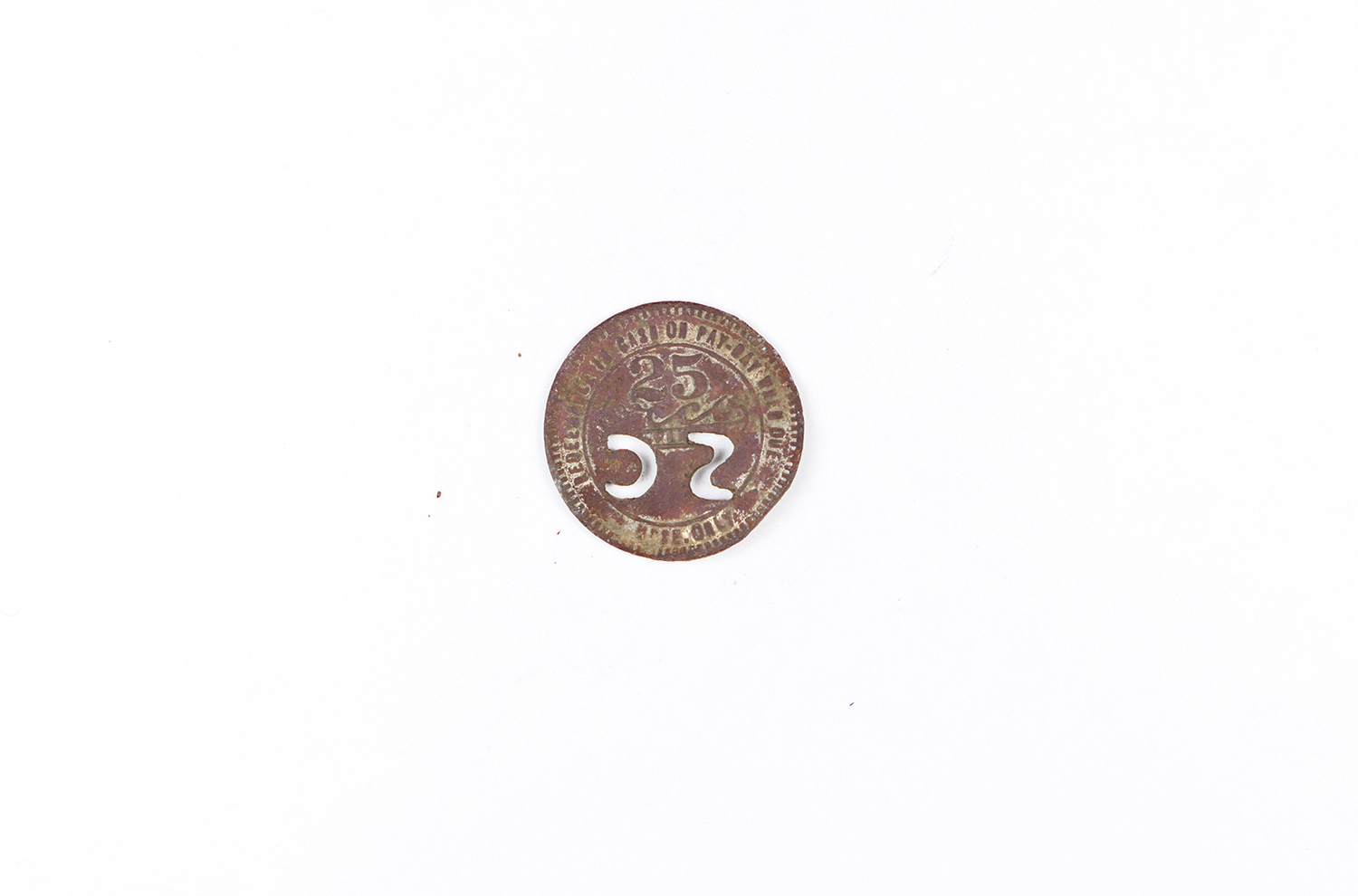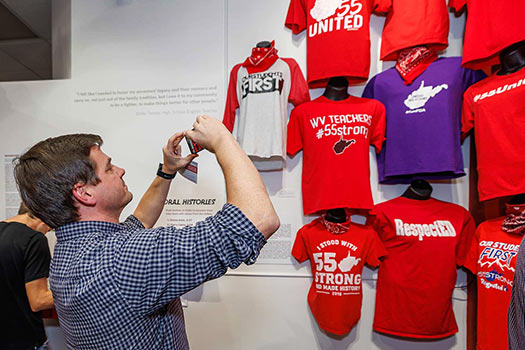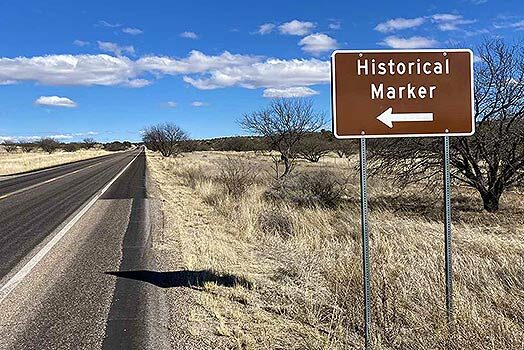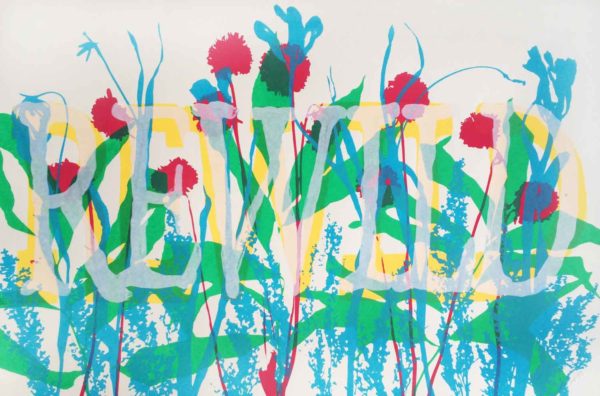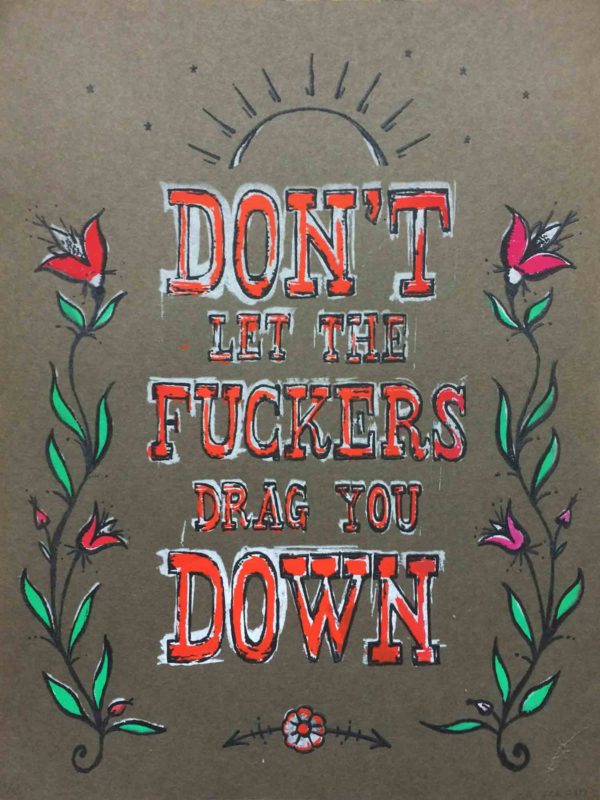The land will tell the story. You follow the land to find the history.
— Donald McCoy, via Kim McCoy, Shop Manager + Docent: West Virginia Mine Wars Museum
Between 2006 and 2009, several archaeological digs led by Kenny King, Harvard Ayers, and Brandon Nida explored remote spots along the Spruce Fork Ridge in southern West Virginia. Stretching well over ten miles through Logan County, this steep mountainous area was the site of the 1921 Battle of Blair Mountain, the largest single armed uprising on US soil since our civil war.
These archaeological surveys uncovered incredible evidence of the fighting, evidence which had been downplayed by coal companies and others with a stake in burying the history of the battle, and played a crucial role in the struggle to save much of the battlefield from strip mining.
Last year, three boxes of artifacts from some of these surveys came into the possession of the West Virginia Mine Wars Museum, where I work as Creative Director. They belong to Kenny King but, like a majority of Kenny’s collection, we’ve brought it into the museum for public presentation. I was lucky to spend a part of my summer living with these artifacts in my home, while I sorted and photographed all of them, and brought them into our ever-expanding online catalog of Mine Wars era artifacts.
Last week, coinciding with a whole host of state-wide events as part of the Battle of Blair Mountain Centennial, the museum launched The Land Will Tell The Story: Beneath the Soil of Blair Mountain. This online exhibit is a collaboration between myself and anthropologist/archaeologist Ethan Karnes. I did the photography and built out the online catalog entries based on the available location data and narratives from the archaeological surveys. Ethan then took the story even further, building a comprehensive website that takes you on a journey through this work, investigating the long process by which the coal mined in West Virginia would be used to make the bullets which were then fired on unionizing coal miners on their home turf, state violence wrought through industrialized resource extraction back onto the very people who dug that resource from the ground for a minimal wage. The Land Will Tell The Story pushes us to think deeply about how memory really works when we are confronted with artifacts from the past.
“To articulate the past historically does not mean to recognize ‘the way it really was’.
-Walter Benjamin
It means to seize hold of a memory as it flashes up at a moment of danger.”
I invite you to explore this new online exhibit. Take some time to read through the story that Ethan weaves and, when you’ve reached the end of that narrative, you can begin exploring the catalog itself. This important archaeological work has provided the critical link between oral histories, academic histories, and the stories whispered through generations about the guerilla war that erupted in the Appalachian mountains only one hundred years ago. Compare the caches of .30-06 machine gun casings from the coal-company-funded “defensive” vigilante army against the random calibers of the unionizing miners fighting for their rights with whatever rifles they could muster. Investigate pieces of trees with bullets lodged inside, the one leather shoe that somehow survived in the soil for a hundred years, and random personal objects like a handmade marble, dropped on the battlefield in, perhaps, a moment of flight from the raining bullets and homemade bombs dropped from roaring biplanes overhead.
We’re proud to present this work to the public for the first time.

Exhibit supported in part by a grant from the National Coal Heritage Area Authority.
Our catalog is hosted by CatalogIt, which we really can’t say enough great things about!

